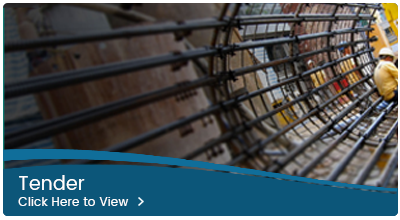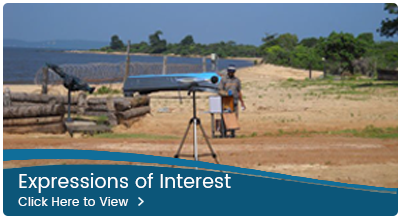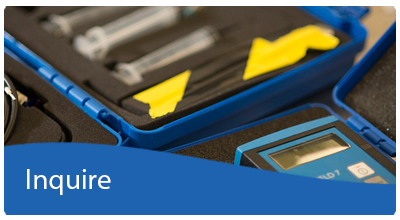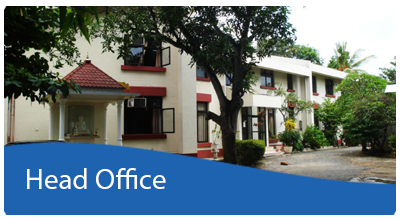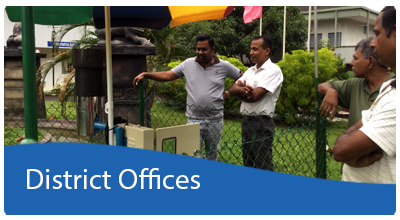A multi-stakeholder collaboration environment for building resilient communities
The MOBILISE platform is a data sharing platform among various stakeholders by maintaining the data security with the host agencies. Also, the system provides a space for a collaborative decision-making among the stakeholders with the support of various research tools.
Several studies have proven that data redundancy was practiced in many organisations while conducting project activities, which resulted in the wastage of resources. Therefore, there are many isolated networks which have much information, needed for other organisations. Organizations are reluctant to share the data between the organization due to misuse of the information.
MOBILISE 3.0 provides a secure data sharing between the organisations. The data stored in the Microsoft Azure cloud storage, which maintains the world class data securing system. The data access through the Post SQL system which managing the user credentials to access the information.

LIVING-LAB @KALUTARA- SRI LANKA
| Kalutara Living Labs offers a positive open innovation environment for government organisations, private organisations, academic institutions, and users (e.g., communities) to come together to build a common understanding of the problems they are facing and to cocreate solutions that can solve their problems. Kalutara Living Lab has been setup to refine and confirm the MOBILISE digital solutions developed by the THINKlab at the University of Salford in UK, in collaboration with NBRO (National Building Research Organisation) and District Secretary of Kalutara, for supporting disaster risk reduction and climate change adaptation activities. The user can investigate the Kalutara living lab through following URL: https://kalutara.mobilise-srilanka.org/ |  |
The concept behind the Kalutara LIVING lab is to create co-creation of solutions for the problems faced by the stakeholders and provide innovative technology for idea exploration from the community and enhance the evaluation of public-private scientific partnership outputs. The goal of this unit is to promote a ‘Resilient Built Environment’ in Kalutara.


Within the Kalutara Living lab Context, the project team plan to refine, develop and evaluate the following digital solutions provided by the MOBILISE digital platform.
• Shared data -sharing platform among stakeholders to establish a rich picture of the local risks.
• Digital solutions - to support collaborative risk assessment involving relevant stakeholders
• Engaging with the community for disaster risk reduction activities.
• Early warning system for reaching the community in both urban and digitally excluded rural areas.

These research and innovation activities will be conducted under three themes: transformation, communication, and adaptation. Under transformation, innovation activities will be carried out to strengthen our data sharing and collaborative risk governance capabilities.
Under communication, technical and non-technical solutions will be tested for strengthening our communication with the community at risk as well as explore mechanisms for issuing early warnings to reach a wider community, living in urban and rural setting. Technological adaptation and system usability will be tested under the adaptation category. The project milestones have been identified for continuing the activities.
EVALUATION METHODOLOGY
Step 1: The data collect from various agencies and upload to the MOBILISE Data Engine with the view to exploring local risks due to landslides.
Step 2: Visualization of the Hazard and Exposure Layers for identifying pockets of risks
Step 3: Presentation of the risk clusters to the divisional secretaries and Grama Niladharies to discuss the local risks and identify several clusters for initiating community engagement activities.
Step 4: Assessment of Risks of these clusters using a risk Matrix.
Landslide High Risk GNDs and Risk Index
Step 5: Carry out a collaborative Risk Strategy Development involving the local actors.
Step 6: Conduct community workshops to present the risk assessment in their local area and capture their concerns and proposals for risk reduction.








